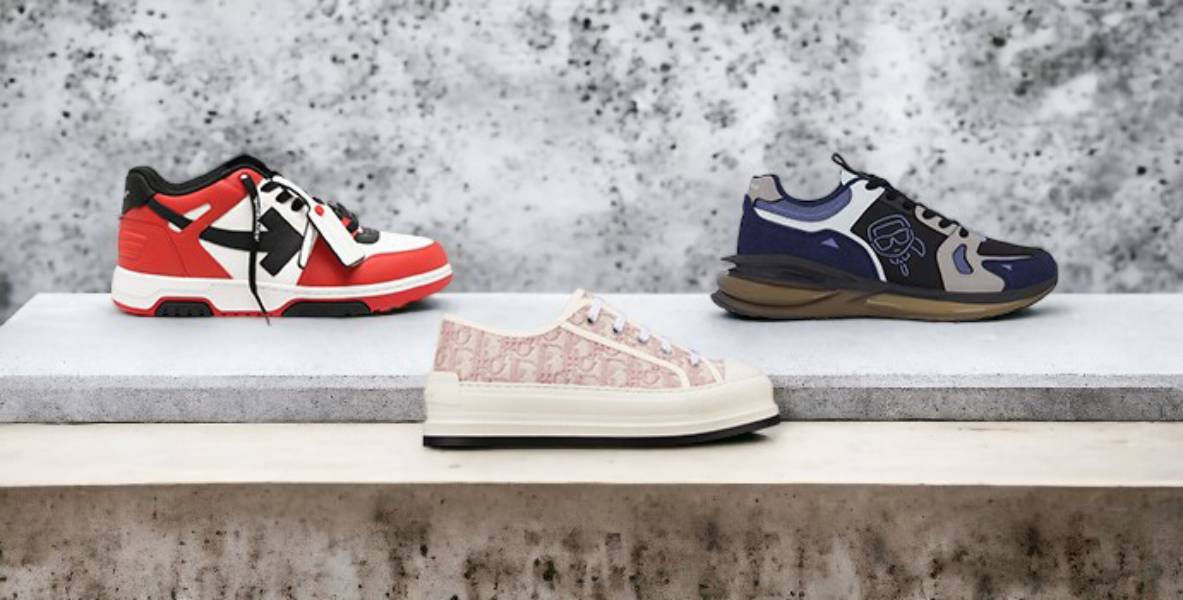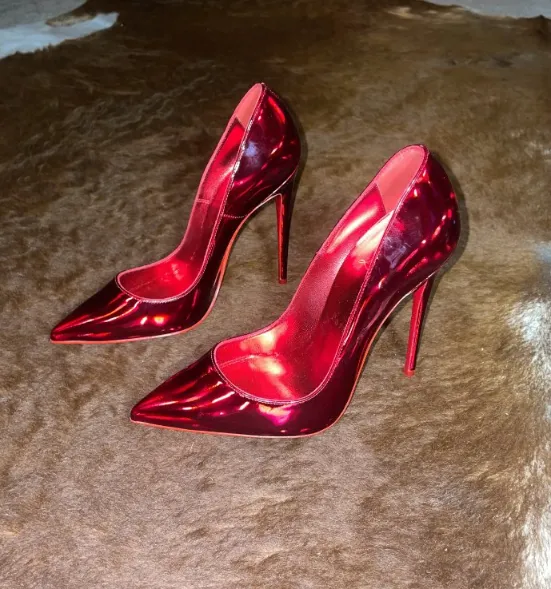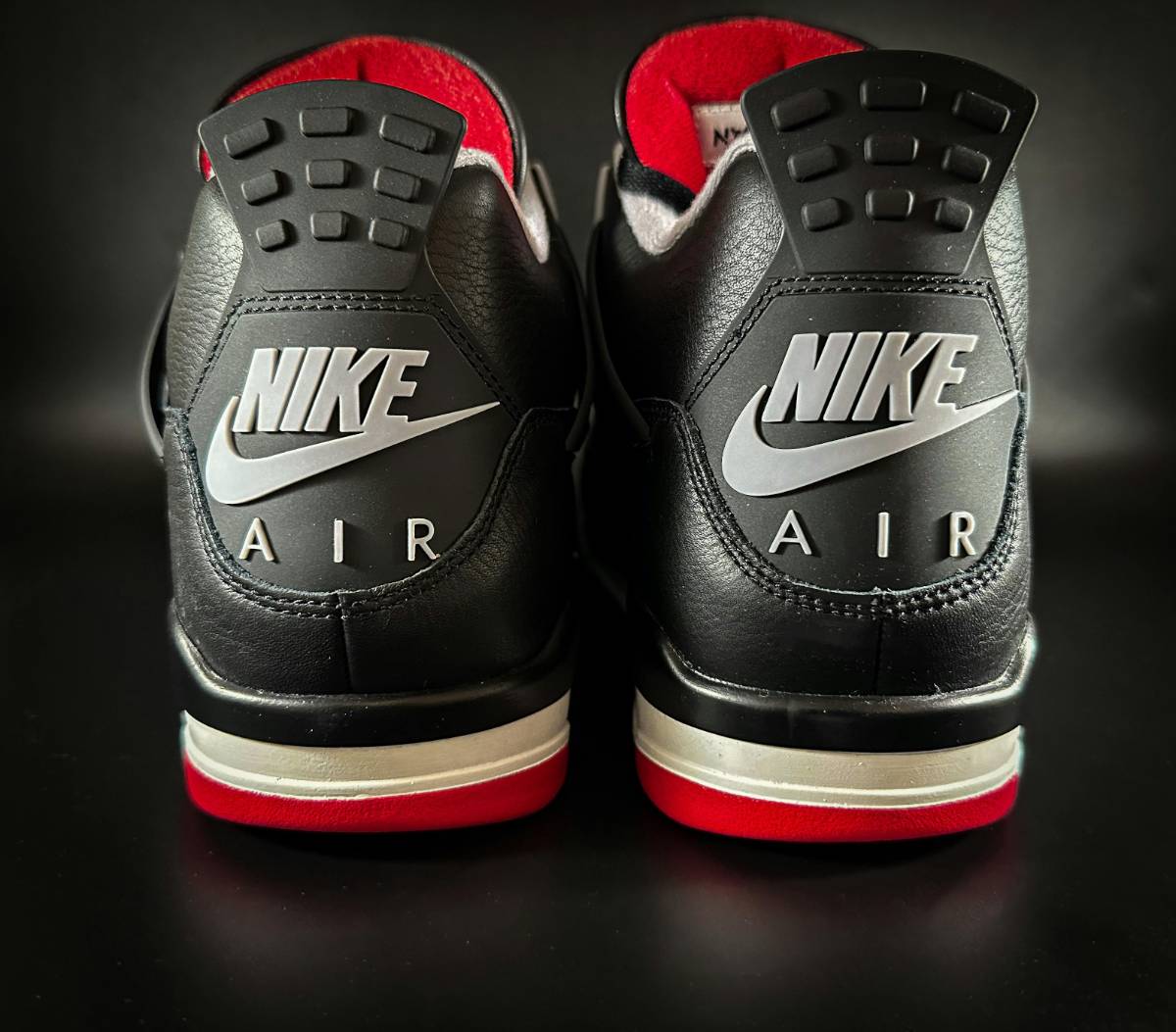Comparing Nike, Adidas, and Under Armour in the U.S. Sneaker Scene


The U.S. sneaker market has evolved into a battleground of innovation, cultural relevance, and brand loyalty. Among the top contenders, Nike, Adidas, and Under Armour have carved out distinct identities while competing fiercely for market share and cultural dominance. Each brand has developed a unique strategy that appeals to different consumer bases—ranging from elite athletes and streetwear enthusiasts to tech-forward runners and casual sneakerheads. By comparing their design philosophies, marketing tactics, and cultural resonance, we gain insight into how these three giants influence the American sneaker landscape.
Nike: The Dominant Force with Unmatched Influence
Nike remains the undisputed leader in the U.S. sneaker scene, not just in sales but in cultural impact. The brand has built an empire by aligning itself with legendary athletes like Michael Jordan, LeBron James, and Serena Williams, while also mastering the art of limited-edition releases and high-profile collaborations. From the iconic Air Force 1 and Air Jordan series to cutting-edge models like the Vaporfly, Nike continually blends innovation with legacy.
What sets Nike apart is its ability to market emotion and aspiration through storytelling. The “Just Do It” campaign is more than a slogan—it's a rallying cry. Nike has embraced causes and conversations beyond sports, solidifying its role as a cultural tastemaker. Its SNKRS app, exclusive drops, and celebrity partnerships keep it on the cutting edge, ensuring that Nike maintains both dominance and desirability across generations.
Adidas: Style, Sustainability, and Street Cred
Adidas has positioned itself as a powerful alternative to Nike by tapping into streetwear, music, and fashion. The brand's collaboration with Kanye West on the Yeezy line redefined the sneaker hype game and brought Adidas to the forefront of pop culture. Iconic silhouettes like the Superstar, Stan Smith, and UltraBoost continue to thrive, appealing to a wide spectrum of consumers—from trend-conscious teens to serious runners.

What truly sets Adidas apart is its focus on sustainability and innovation. With initiatives like Parley for the Oceans and shoes made from recycled materials, the brand has carved out a forward-thinking identity. Adidas has also embraced tech with Boost cushioning and 3D-printed midsoles. The result is a blend of style and conscience, making Adidas the choice for consumers who want their sneakers to reflect both fashion and values.
Under Armour: Performance-Driven Challenger
Under Armour entered the sneaker market later than its competitors, but it quickly gained momentum through a focus on performance and innovation. The brand became a household name thanks in part to Stephen Curry’s signature basketball line, which gave it credibility in the sport’s competitive sneaker space. Unlike Nike and Adidas, Under Armour leans heavily on its athletic performance identity, targeting serious athletes rather than fashion-focused buyers.
Footwear like the HOVR and Curry lines highlight Under Armour’s strength in cushioning, stability, and sports science. While the brand hasn’t yet achieved the cultural reach of Nike or Adidas, it continues to make progress by refining its designs and deepening its relationships with sports professionals. Its core audience values function over hype, making it a go-to brand for performance over flash.
Market Position and Consumer Loyalty
Nike still leads in market share, bolstered by decades of brand equity and iconic athlete endorsements. Its consumer loyalty is unrivaled, especially in the realms of basketball and lifestyle. Adidas follows closely, especially strong among Gen Z and Millennials who value aesthetics, celebrity influence, and sustainability. Under Armour, meanwhile, excels in athletic categories, but still faces hurdles in fashion crossover appeal.
Each brand has strengths that appeal to different segments of the sneaker-buying public. Nike thrives on hype, nostalgia, and cutting-edge performance. Adidas succeeds with design-forward, eco-conscious consumers. Under Armour appeals to the data-driven athlete who prioritizes performance over branding. This division creates healthy competition and ensures a diverse sneaker marketplace that continues to evolve.
Conclusion
The U.S. sneaker scene is more than a race for market dominance—it's a constantly shifting blend of culture, technology, and consumer values. Nike, Adidas, and Under Armour each bring something unique to the table. Whether it’s Nike’s cultural capital, Adidas’s sustainability-first designs, or Under Armour’s performance tech, the American sneaker landscape is richer for their differences. As trends evolve and consumer demands shift, these brands will continue to redefine how we view—and wear—our sneakers.
Must Reads

Yeezy 350 V2: The Latest Colorways and Their Hype
The Yeezy 350 V2 continues to dominate the sneaker world with fresh colorways that keep sneakerheads excited. Known for its sleek design and unbeatable comfort, each new release generates massive hype and instant sellouts.


The Best Waterproof Sneakers for Rainy Days
When the rainy season hits, staying dry and comfortable is a priority. Waterproof sneakers are the perfect solution for keeping your feet protected from the elements while maintaining style and comfort. Here are some of the best waterproof sneakers for those rainy days.


Statement Heels: The Boldest Designs of the Season
Heels are making a statement this season with daring designs, bold colors, and innovative structures. This article highlights the latest must-have high heels that are redefining fashion.


Nike’s Latest Sneaker Drops: What’s New and Trending
Nike continues to dominate the sneaker scene with its latest releases. Whether it's innovative performance technology or stylish collaborations, these drops are making waves in 2025. Here’s a look at what’s trending right now.

